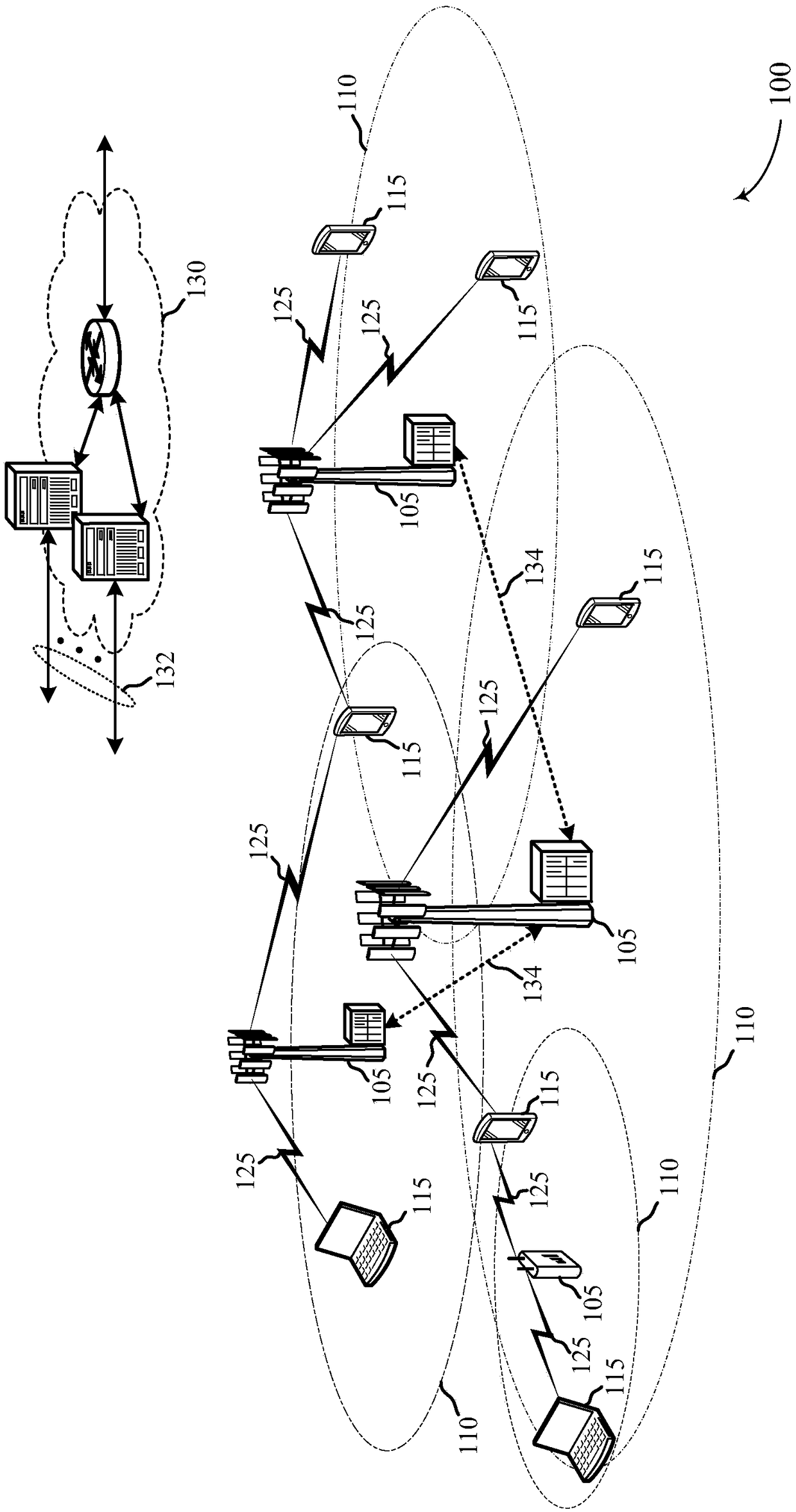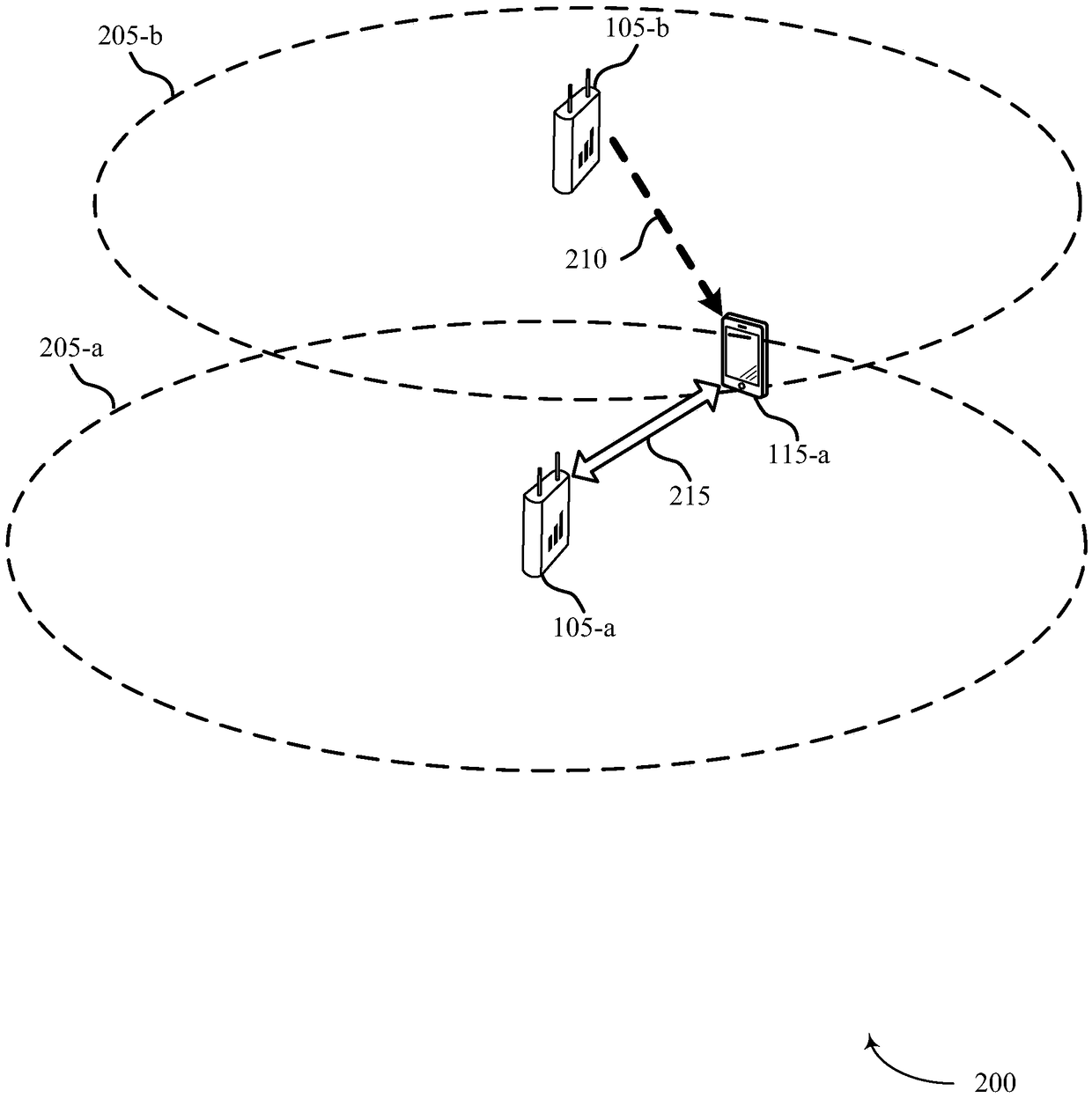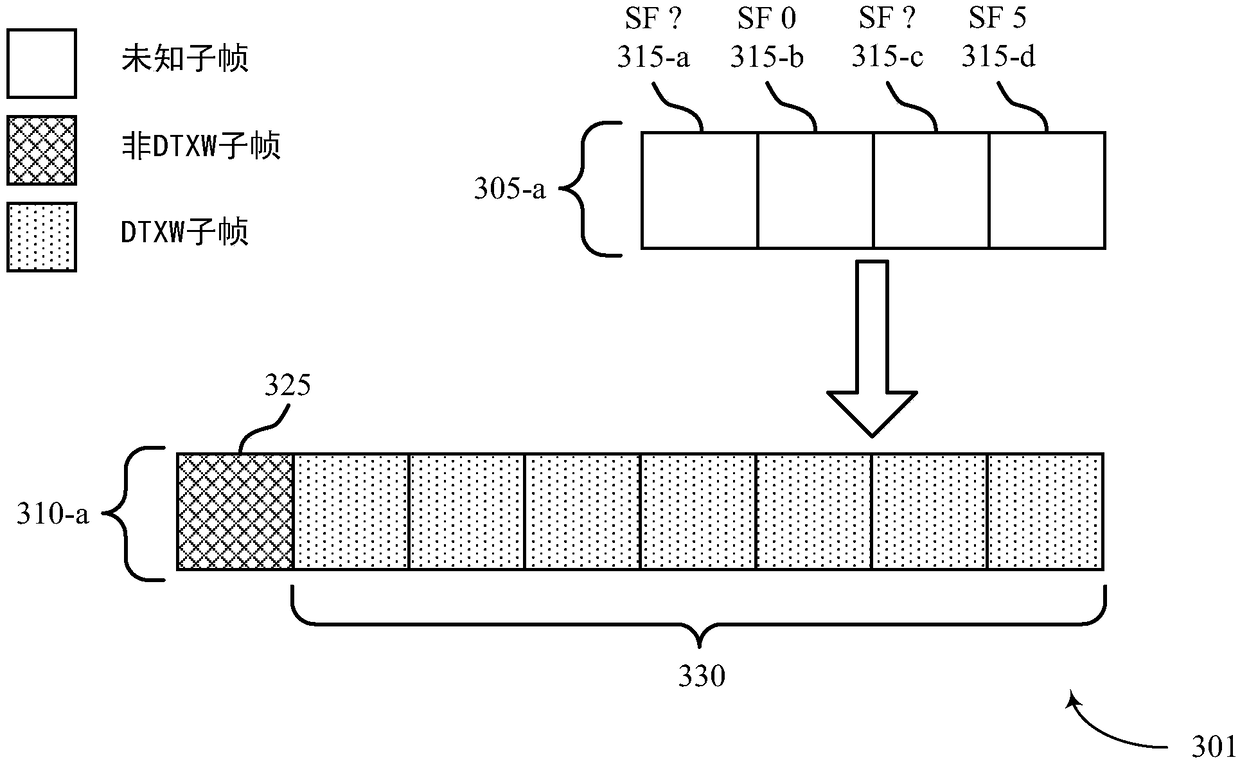Discovery reference signal transmission window detection and random access procedure selection
A random access process and random access technology, applied in the field of wireless communication, can solve problems such as battery power consumption, battery time user experience degradation, and unrecognized cells
- Summary
- Abstract
- Description
- Claims
- Application Information
AI Technical Summary
Problems solved by technology
Method used
Image
Examples
Embodiment Construction
[0076] A user equipment (UE) may use discovery reference signals (DRS) to perform measurements on serving or neighbor cells. A DRS may include synchronization signals, cell-specific reference signals, master information blocks (MIBs) and other signaling useful for identifying or attaching to a cell. The base station may transmit DRS during a periodically configured DRS transmission window (DTXW). The UE may measure the cell DRS according to a periodically configured DRS measurement timing configuration (DMTC) period. DMTC may be configured for measurements on the serving cell or neighbor cells or both. Further, in various examples, the DMTC may be frequency specific, or may be multiple frequencies where applicable.
[0077] In some cases, a UE may monitor for DRS of multiple cells that may or may not be synchronized in time. Cells that are not synchronized in time may have periodic DTXWs that are also not aligned in time. That is, the DMTC and DTXW of nearby cells may not ...
PUM
 Login to View More
Login to View More Abstract
Description
Claims
Application Information
 Login to View More
Login to View More - R&D
- Intellectual Property
- Life Sciences
- Materials
- Tech Scout
- Unparalleled Data Quality
- Higher Quality Content
- 60% Fewer Hallucinations
Browse by: Latest US Patents, China's latest patents, Technical Efficacy Thesaurus, Application Domain, Technology Topic, Popular Technical Reports.
© 2025 PatSnap. All rights reserved.Legal|Privacy policy|Modern Slavery Act Transparency Statement|Sitemap|About US| Contact US: help@patsnap.com



